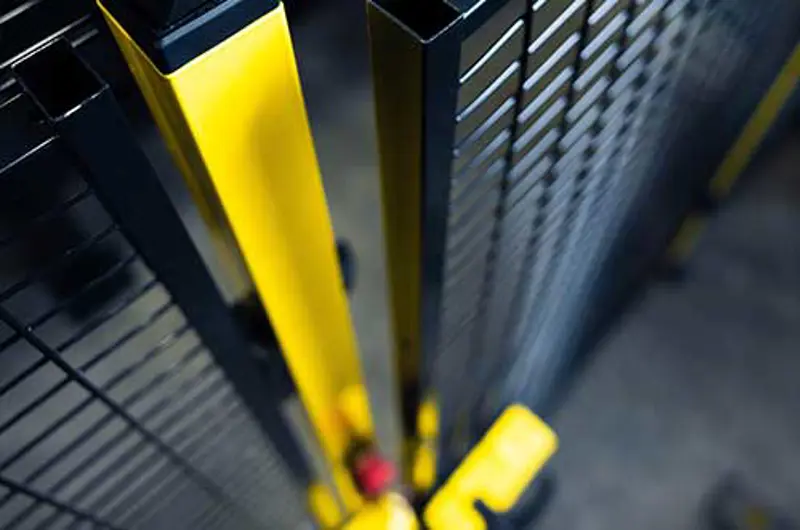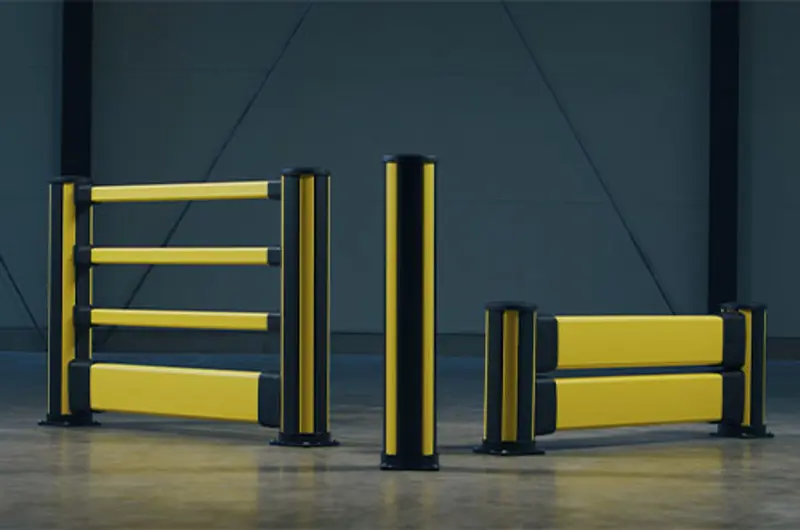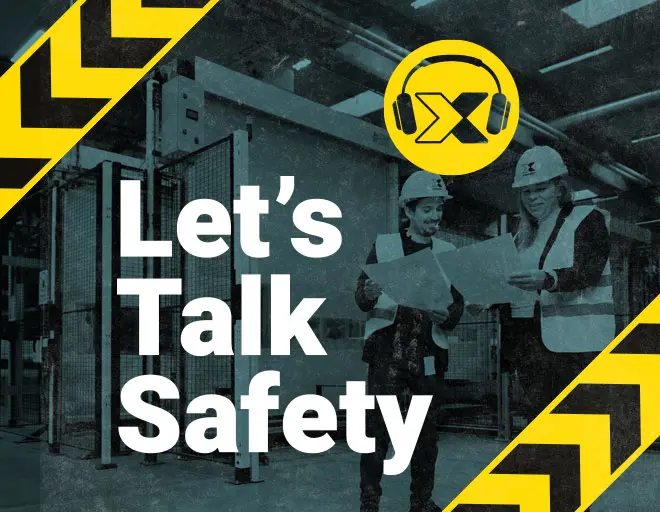The largest portion of warehouse automation expenses typically comes from the physical equipment and hardware needed to mechanize operations. These capital investments vary widely depending on the scale and sophistication of the automation solution, with costs ranging from moderate for basic systems to substantial for comprehensive, facility-wide implementations. When planning automation budgets, companies should consider not only the immediate equipment expenses but also the expected lifespan of these assets and their potential ROI through increased throughput, reduced labor costs, and improved accuracy.
Material Handling Systems and Robotics
Autonomous mobile robots (AMRs) and automated guided vehicles (AGVs) offer some of the most versatile automation solutions for modern warehouses. Entry-level AMRs for basic transport functions typically cost between $30,000 and $100,000 per unit, depending on load capacity and navigation features, while more sophisticated picking robots with advanced vision systems and AI capabilities can command significantly higher prices. Collaborative robots (cobots) designed to work alongside human workers tend to fall in the middle of this range, typically costing between $20,000 and $50,000 per unit.
The total investment depends on fleet size, with large facilities potentially requiring dozens of units to achieve meaningful automation levels. Additionally, the infrastructure needed to support these systems, including charging stations, network equipment, and safety barriers, adds to the overall cost, with sensors and precision control components adding another $1,000 to $5,000 each.
Automated Storage and Retrieval Systems (AS/RS)
AS/RS solutions represent some of the more capital-intensive warehouse automation options, with costs varying based on storage density, height, throughput requirements, and handling capabilities. Shuttle systems for medium-sized operations can start in the hundreds of thousands, while full high-bay AS/RS implementations for large distribution centers can reach into the millions. For comprehensive turnkey AS/RS solutions, prices generally start around $150,000 for basic configurations and can exceed $500,000 for complex systems.
Warehouse automation systems require substantial facility modifications, including specialized flooring, precise racking installations, and often building reinforcements to support the weight and movement of automated equipment. Despite their high initial cost, AS/RS systems can deliver exceptional space utilization by taking advantage of vertical storage space, potentially reducing the need for facility expansion.
Conveyor Systems and Sortation Equipment
Conveyor systems form the backbone of many automated warehouses, transporting items between workstations, storage areas, and shipping zones. Basic gravity conveyor installations for smaller facilities can be relatively economical, starting at $10,000 to $50,000, while powered conveyor networks spanning large distribution centers with integrated sortation capabilities represent much larger investments, sometimes reaching $1 million or more.
Sophisticated cross-belt sorters or tilt-tray systems used in high-volume e-commerce operations fall at the upper end of the cost spectrum. These systems require careful planning to ensure proper integration with existing workflows and other automation components, with costs for design, installation, and commissioning often adding 20-30% to the equipment price.







